Choosing the right heating and cooling system is essential for maintaining a comfortable living environment in your Milwaukee County home. As a homeowner, you have various options, including ductless and ducted systems, each with its unique features and advantages. Understanding the differences between these systems allows you to select the best fit for your home’s specific requirements and preferences. This comprehensive comparison examines the features, installation, efficiency, and maintenance aspects of both ductless and ducted systems, guiding Milwaukee homeowners in making an educated decision.
Ductless vs. Ducted Systems: A Comprehensive Comparison for Milwaukee Homeowners

Ductless vs. Ducted Systems: A Comprehensive Comparison for Milwaukee Homeowners
January 3, 2024
Share This :
Recent Posts
Water Heater
Common Issues Leading to Water Heater Replacement
January 28, 2025
A well-functioning water heater is essential for any household, providing reliable access to hot water for daily needs. However, as water heaters age, they can develop problems that may lead ...
Read More
Furnace
Recognizing the Signs of Furnace Repair Needs
January 28, 2025
A well-functioning furnace is essential for maintaining comfort and warmth in your home, especially during colder months. However, like any other appliance, furnaces can develop issues over time. Recognizing the ...
Read More
Heating
Maintaining Efficient Heating Systems in Winter
January 28, 2025
As winter’s cold grip tightens, maintaining an efficient heating system becomes essential for comfort and cost-effectiveness. Efficient heating systems not only provide consistent warmth but also save energy, reducing utility ...
Read More
Heating
Steps to Ensure Proper Heating Replacement
January 28, 2025
Replacing your heating system can be a daunting task. Recognizing when it’s necessary and choosing the right system is crucial for maintaining home comfort and efficiency. By taking the proper ...
Read More











